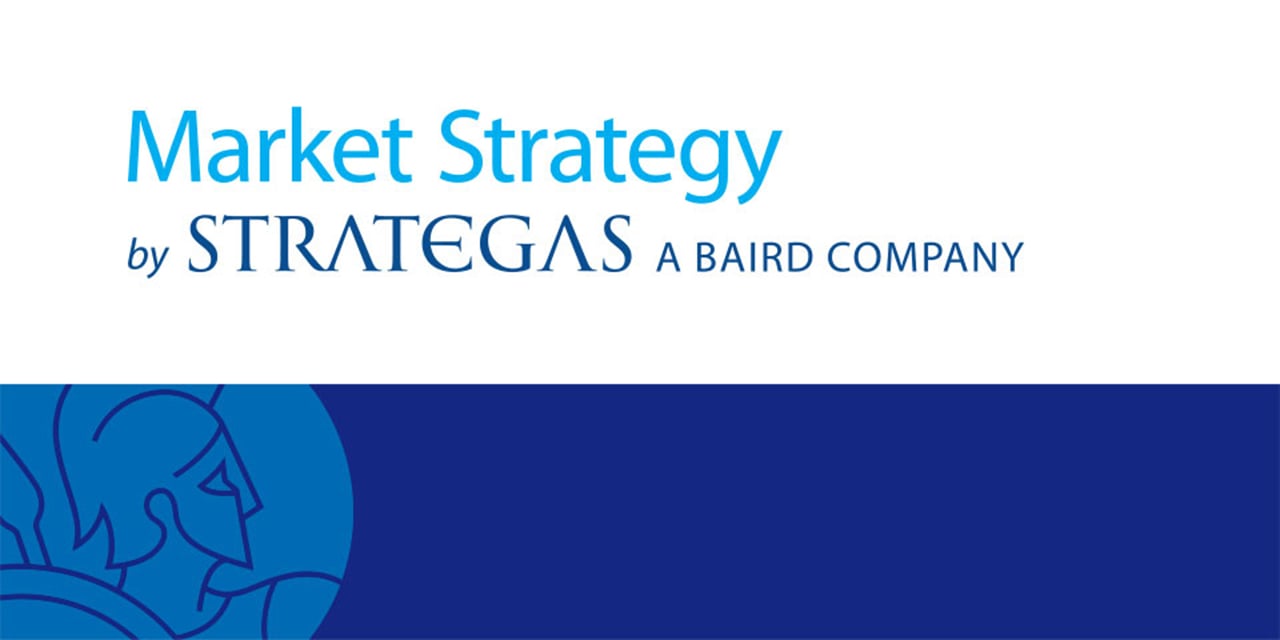
Market Mailbag: Have We Hit Bottom?, Understanding the National Debt
Do you believe the market has reached its bottom? If so, why?
Answered by Ross Mayfield, Investment Strategy Analyst
We think so. The S&P 500 is up over 45% since the March 23 low, economic data has improved across the board, the reopening of the global economy has progressed (with fits and starts) and vaccine optimism remains high.
This historic rally has also featured fairly broad participation, with every sector up over 20% and nearly every S&P 500 company trading higher. While the tech sector gets all the headlines, the kind of broad-based rally we saw over the second quarter is almost always positive longer-term.
Further, the initial crash was as much about uncertainty as anything. At the time, millions of deaths and a completely overwhelmed hospital system seemed possible, if not likely. Now, the very worst-case scenarios seem to be off the table, and we’re learning more about the virus every day. We probably won’t see coronavirus-driven uncertainty as intense as March again.
The stock market is a volatile place – dealing with that is just the price of admission. If the S&P 500 went up every day, there’d be no reason that we investors would get any excess return. So while the market will move lower at some point (perhaps on unexpectedly bad economic data, U.S.–China tensions, a “second wave” or something else entirely), we believe the bottom is in for this particular bear market.
We were concerned about the national debt before. How worried should we be now that the economy needs to get restarted and the government is spending huge dollars we don't have?
Answered by Michael Antonelli, Private Wealth Management Market Strategist
The national debt is, and always will be, misunderstood by the average American. Most people look at the money we spend every year and ask, “When do we have to pay that back? How will we pay that back?” We borrowed trillions of dollars in order to fight COVID (and the halting of our economy), and that has our clients concerned. Let’s talk about that!
Will we ever “pay it back?” The short answer is no – and that’s ok. In 1946, President Truman’s Council of Economic Advisers warned him that the U.S. faced a “potential great depression” from the level of the national debt (which exploded during World War II) (credit: Housel). At that point in time, the debt was $269 billion, 119% of GDP.
Source: thebalance.com
You know what didn’t happen? Another Great Depression due to the national debt.
By 1981, the national debt was almost $1 trillion! But even though it had increased nearly four-fold, it was only 31% of GDP, the lowest level in a half century.
Source: thebalance.com
Our economy outgrew the levels of debt, and that’s exactly what will happen in the future. We won’t pay it back – we will outgrow it, and the percentage of debt to GDP will fall in the future.
Remember, the United States is a perennial entity – it has no expiration date, and we don’t have to “pay it all back” by a certain date. What matters is how hard that debt is to manage, and right now rates are at historic lows.
When my dad was born, the national debt was $252 billion. When I was born, the national debt was $660 billion. When my son was born, the national debt was $10 trillion. My Dad didn’t leave me a debt to pay off, and I’m not leaving one to my son to pay off. That’s just not how this all works.
If you have additional questions on how the market might influence your portfolio and broader plans, your Baird Financial Advisor is here to help. Click here for a Baird Financial Advisor near you.




